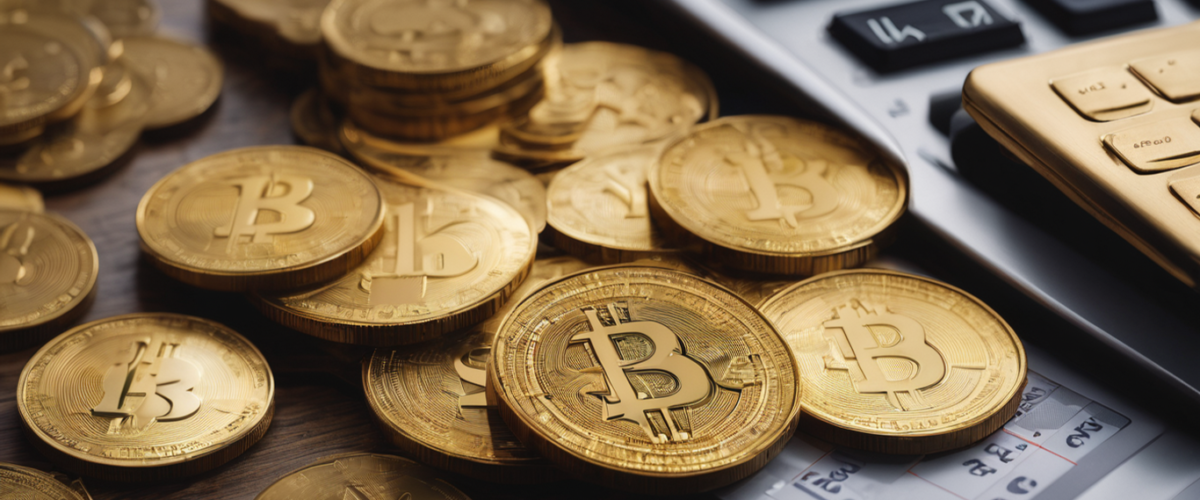Welcome to our beginner’s guide to investing in gold! Gold has been a popular investment choice for centuries, prized for its beauty, rarity, and stability. However, as with any investment, there are risks to be aware of, particularly counterparty risk. In this article, we’ll delve into what counterparty risk is and why it’s important to understand when investing in gold.
Before we dive into counterparty risk, let’s first establish some context. When investing in gold, there are many factors to consider such as market trends, inflation, and geopolitical events. However, for this article, we’ll be focusing on one specific aspect: counterparty risk. This is the risk that the other party involved in your gold investment may not fulfill their obligations or may default on their end of the deal.
Counterparty risk can come into play in various ways when investing in gold. For example, if you purchase physical gold from a dealer, there is a risk that the dealer may not deliver the gold or may deliver a lower quality or quantity than promised. Similarly, if you invest in gold through a financial instrument such as an ETF or futures contract, there is a risk that the issuer or counterparty may not fulfill their obligations.
Now that we have a better understanding of what counterparty risk is, let’s discuss why it’s important for beginners to be aware of it. As a beginner investor, it’s crucial to understand all potential risks associated with any investment. By understanding counterparty risk, you can make more informed decisions and mitigate any potential losses.
In this article, we’ll also cover ways to mitigate counterparty risk when investing in gold. From diversifying your investments to researching reputable dealers and issuers, there are steps you can take to minimize your exposure to counterparty risk.
So, whether you’re new to investing or looking to add gold to your portfolio, understanding counterparty risk is essential. Let’s explore this topic further and learn how to navigate this risk when investing in gold.
Counterparty risk refers to the possibility that the other party in a financial transaction may default or fail to fulfill their obligations. When it comes to investing in gold, counterparty risk can manifest in various ways.
For example, if you are purchasing physical gold from a dealer or storing it in a custodian’s vault, you are trusting that they will deliver the gold as promised. If they fail to do so due to financial instability or fraud, your investment is at risk.
Additionally, if you choose to invest in gold through stocks, ETFs, or other financial instruments, you are exposed to counterparty risk through the companies or entities behind these investments.
Understanding Counterparty Risk in Physical Gold Investments
When buying and storing physical gold, it is important to research and select reputable dealers and custodians to minimize your exposure to counterparty risk. Look for companies with a long history of successful operations and positive reviews from customers.
Exploring Counterparty Risk in Gold Stocks and ETFs
When investing in gold through stocks or ETFs, it is important to understand the underlying companies or entities and their financial stability. Research their balance sheets, credit ratings, and past performance to assess their potential for default or failure to fulfill obligations.
Assessing the Current State of the Gold Market
In addition to understanding counterparty risk, it is crucial for beginners to keep up with the latest news and trends in the gold market. Factors such as supply and demand, economic conditions, and geopolitical events can all impact the value of gold and the level of risk associated with investing in it.
As with any investment, it is important to weigh the potential risks and rewards before making a decision. While counterparty risk is a valid concern when investing in gold, there are ways to mitigate it through thorough research and careful selection of investments. By understanding this risk and staying informed about the current state of the gold market, beginners can make informed decisions when entering the world of gold investing.



